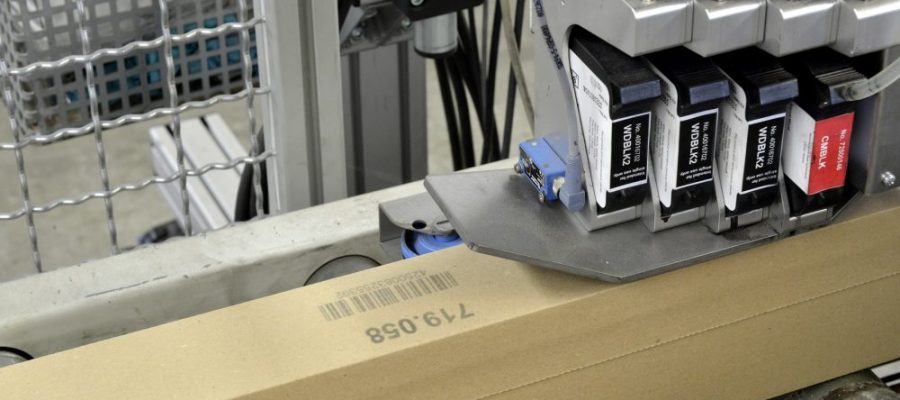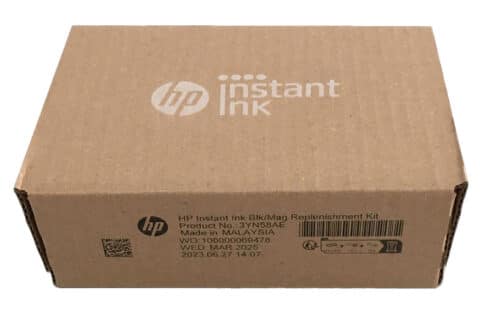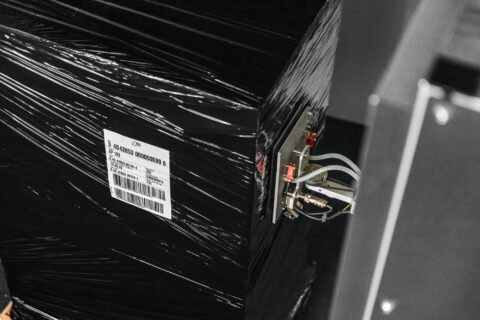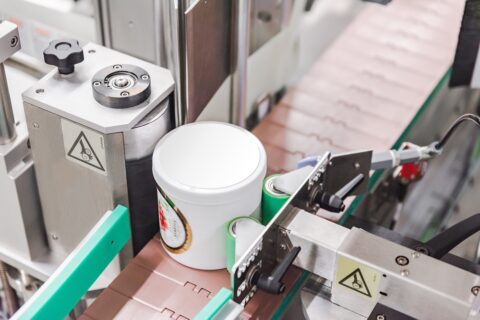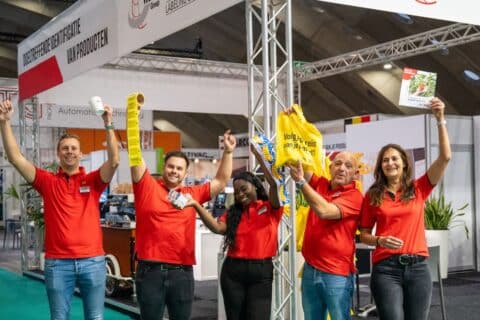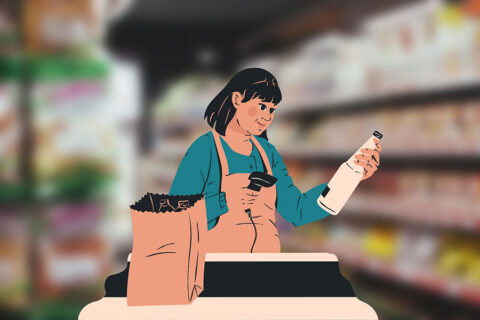Thermal Inkjet Printing (TIJ) and Continuous Inkjet Printing (CIJ) are two printing methods that can be used to print variable data on a wide range of products. Choosing one also means choosing the other. Why? We will explain.
The development of Drop-On-Demand (DOD) inkjet printing
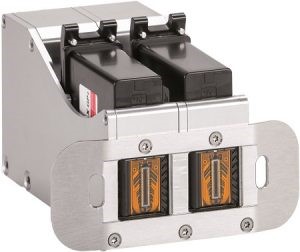 The inkjet printer first appeared in the 20th century, but the greatest development was the discovery of Drop On Demand (DOD) inkjet printing by Zoltan in 1972. DOD is more advanced than continuous inkjet printing. And today it allows manufacturers to have cleaner printers and production environments that help build a more sustainable future for people and the environment.
The inkjet printer first appeared in the 20th century, but the greatest development was the discovery of Drop On Demand (DOD) inkjet printing by Zoltan in 1972. DOD is more advanced than continuous inkjet printing. And today it allows manufacturers to have cleaner printers and production environments that help build a more sustainable future for people and the environment.
What is Continuous Inkjet Printing (CIJ)?
In Continuous Inkjet Printing (CIJ), a high-pressure pump forces ink through nozzles on the print head, creating a continuous stream of ink droplets. Within this stream, the continuous inkjet printer electrically charges individual droplets that will form the printed text. With a magnetic field in the print head, the charged droplets bend towards their target on the substrate. The majority of drops have no charge and are therefore not deflected. These end up in the print head and are returned to the ink supply for re-circulation.
What is Thermal Inkjet Printing (TIJ)?
Thermal Inkjet Printing (TIJ) uses an ink cartridge consisting of hundreds of tiny nozzles, each containing a heating element. When a current is passed through the heating element of a nozzle, it heats the ink, causing it to expand into a bubble. This creates pressure, which forces the ink through the nozzle onto the surface.
Thermal Inkjet Printing allows for a cleaner production environment

Thermal Inkjet Printing is a printing method where no wear and tear occurs on moving parts and no maintenance is required. Also, when the cartridge is replaced, the printer automatically has a new print head.
Continuous Inkjet Printing, on the other hand, continuously creates a stream of ink droplets. This creates a dirty production environment and a very unpleasant smell. The dust that is released is also harmful to workers.
As a result, Thermal Inkjet Printing has a lower Total Cost of Ownership (TCO) than Coninuous Inkjet Printing, which makes thermal inkjet printers cleaner coders.
Thermal Inkjet Printing results in super sharp prints

Every day in the supermarket you come across expiry dates that are dotted. By this we mean a use-by date consisting of little dots of ink that are not always easy to read.
Thermal Inkjet Printing helps overcome these issues by allowing manufacturers to print super sharp expiry dates on their products. Or in other words: Thermal Inkjet Printing is a more sustainable technology that better tells consumers how long the product can be kept and causes far fewer errors in recalling batch and lot numbers. This in turn ensures less waste and more safety.
Thermal Inkjet Printing equals to a sustainable future
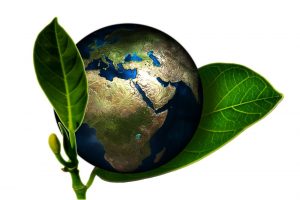 Continuous Inkjet Printing is still widely used nowadays. Every entrepreneur who has a continuous inkjet printer should ask himself why. After all, it is more expensive and harmful than a thermal inkjet printer. Also, it is worth remembering that a thermal inkjet printer has less downtime and pays for itself in no time.
Continuous Inkjet Printing is still widely used nowadays. Every entrepreneur who has a continuous inkjet printer should ask himself why. After all, it is more expensive and harmful than a thermal inkjet printer. Also, it is worth remembering that a thermal inkjet printer has less downtime and pays for itself in no time.
Advantages of thermal inkjet printers
- Clean work environment
- No maintenance
- No wast of ink
- Better for man & environment
- Cheaper than continuous inkjet printers
Weber Marking chooses Thermal Inkjet Printing
Razor-sharp coding makes products and packaging easier to trace and process. We believe in efficient coding solutions that add value to the product and the process. That is why we develop coding systems that speed up, optimize and preserve the process, including Thermal Inkjet Printing.
Most industrial inkjet printers in production lines are polluting, require a lot of maintenance and are therefore expensive to operate. Our drop-on-demand inkjet printers print barcodes, serialized data, best-before dates and symbols with maintenance-free systems that significantly reduce costs and are better for people and the environment.
Our inkjet printers also print directly on cardboard, packaging, plastic, glass, foil, rubber, wood and metal. In short, are you open to a sustainable production? If yes, then choose a thermal inkjet printer and you will be working on a cleaner future for all of us.
CONTACT


